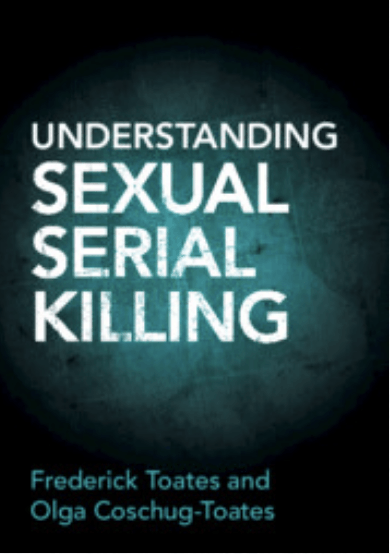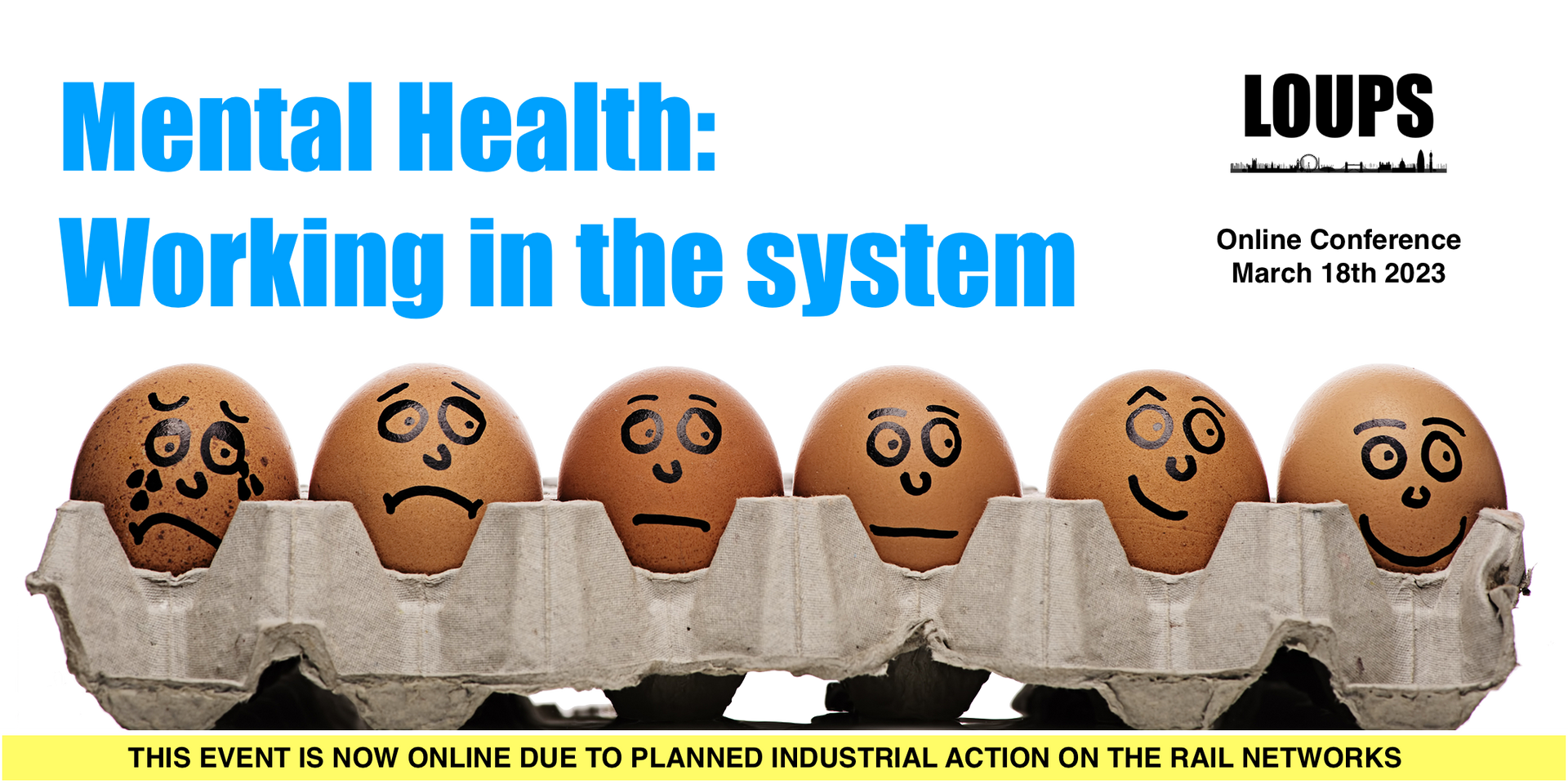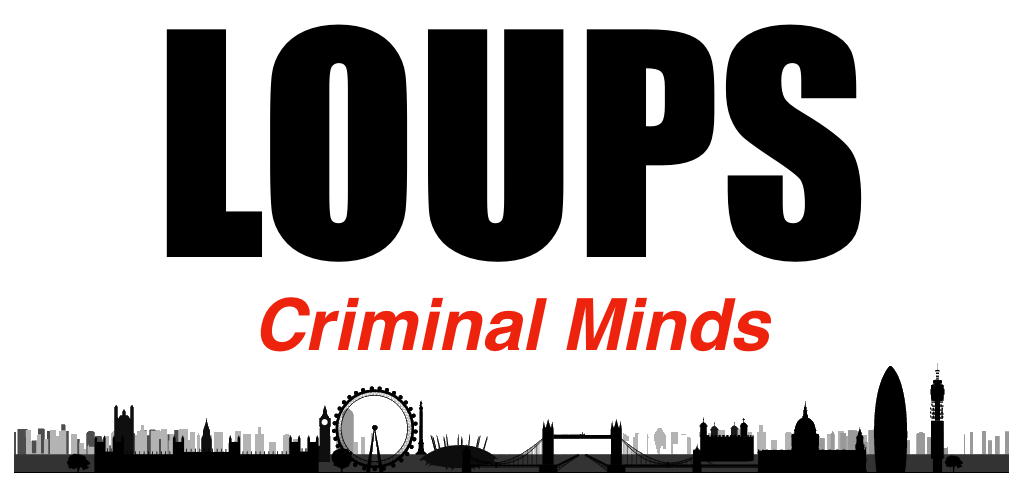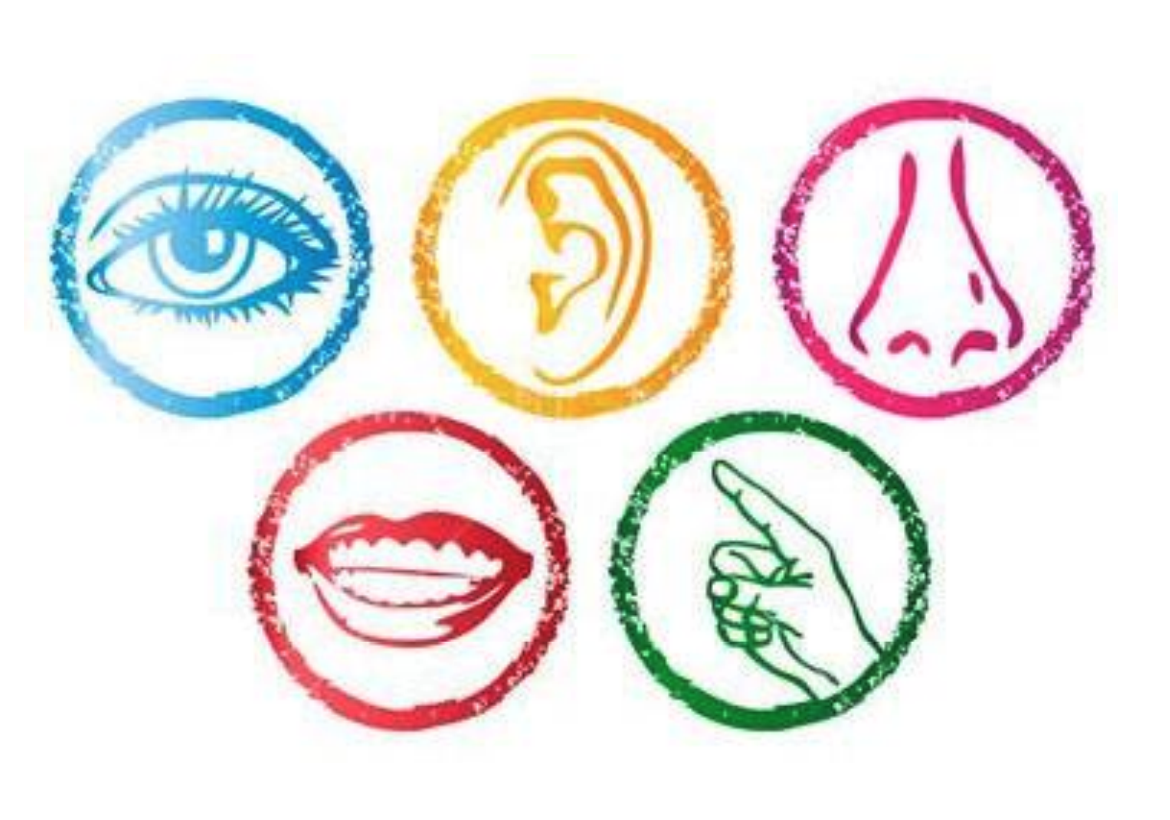Hidden CSI effect? Face mapping: a cause of human mis-identification
Reviewed by Clara Clein Wolfe, May 1st 2022
The CSI effect refers to television shows like CSI: Crime Scene Investigation, Law & Order, and 48 Hours Mystery, and the impact they have on jurors. It is said that jurors who watch these types of shows may place a heavy emphasis on forensic science in a case. These jurors will tend to believe forensic evidence is 100% accurate and that it should be produced in every criminal case. Prosecutors have claimed jurors may be reluctant to vote to convict if the police were unable to recover any forensic evidence from the crime scene.
[Last updated in June of 2021 by the Wex Definitions Team]
Facial identification is an enduring issue. Aspects of facial identification and misidentification have included racial biases, false positives, and questionable scientific interpretations. In a virtual pub talk hosted by the London branch of the Open University Psychological Society [LOUPS], Dr Monika McNeill delivered a brilliant lecture, 'Hidden CSI effect? Face mapping: a cause of human mis-identification'. Despite the virtual domain, this was an engaging talk with a lively chat section including comments as diverse as plastic surgery, archaeological anthropology, and Madonna. More importantly, this event was held to fundraise for vital electric generators for Ukraine and psychological support for Ukrainian refugees who are being supported in Lublin, Poland: Monika’s hometown, where Monika herself has been working tirelessly to help.
Intriguing tasks demonstrated the variability of facial recognition. We saw an array of photos used in the Jenkins et al. (2011) study and were asked how many men were in these pictures. Our answers ranged from 2 up to 10. When a person is unfamiliar with the faces, this task is more difficult. This was reiterated in the following task in which an array of numbered female faces saw us try to match up who might be the same women. Our answers similarly varied. Monika revealed it was one woman, German singer Annett Louisan, but with different styling and over the lifespan. Conversely, an array of a certain tangerine-tinted former president at different ages was nonetheless identifiable. Therefore, when we are familiar with the face, we are better able to recognise the face, than when we are confronted with unfamiliar faces. This has significant implications for eyewitness testimony.
The Innocence Project was founded in America in 1992 to fight for those wrongly convicted of crimes. Their website [https://innocenceproject.org/] has information about the people who have been exonerated, although it can be difficult reading. The misidentification of people who were incarcerated for crimes they did not commit is a factor in 63% of the cases. The Innocence Project’s success stories demonstrate the importance of good investigation and scientific rigour. Just a few hours after Monika’s lecture concluded, The Innocence Project won a prestigious digital ‘Oscar’ – a Webby Award – for their Happiest Moments campaign [https://innocenceproject.org/innocence-project-wins-first-ever-webby-for-public-service-activism/], but with the average sentence being fourteen years, misidentification is a serious phenomenon with life-changing implications for those wrongly accused. The so-called CSI effect. The CSI effect refers to television dramas with an exaggeration of forensic evidence which can lead to people, especially juries, to believe that forensic evidence is accurate and available (https://www.law.cornell.edu/wex/csi_effect). However, the fictionalisation of forensic processes has mostly obscured how difficult it can be for witnesses to recognise faces.
In my passport picture, my eyes are heavily blackened, and one eye is smaller than the other. It was taken in 2011 prior to the ravages of age. So, how would it be viewed by a passport control officer? Monika showed us two photos of a man which similarly demonstrated the way our faces can be significantly different to our identification documents. In the chat box, we also discussed other aspects of this kind of formal facial recognition, including superficial elements such as, cosmetic surgery, but also significant psychological and social issues, such as, racial biases. Given all of the issues with facial recognition, Monika mentioned the article by Castelvecchi (2020) https://www.nature.com/articles/d41586-020-03186-4] which asked, is facial recognition too biased to be let loose? It is certainly a fascinating question. Not only do humans perform poorly at facial recognition, but the software innovations also do not seem to be improving circumstances.
Your face now unlocks your phone! Well, sometimes. As anyone who has used this technology can say, it is seldom that simple… Monika spoke about numerous technologically-facilitated facial mapping facial recognition techniques and the experts and ‘experts’ who use them. Three facial mapping techniques are superimposition, photoanthropometry, and morphology. However, results indicate that there is a bias towards false positive responses, which has worrying criminal justice implications. For example, when a renowned face mapping expert, Neave, testified in Atkins vs. Emperor (2009), his unvalidated scale and his technique was not questioned. Face mapping should not be used in courts, but there is a surprising body part that could improve recognition.
Two pictures of Brad Pitt were recognisable to the group. Only one picture was the true Brad. The differences between Brad and The-Other-Brad [Thad 😉] were most discernible when we looked at their ears. Thad and Brad may have similar faces, but their ears are different. Monika showed us a very interesting image of her old Polish identity card. The photo was at an unexpected angle in that Monika’s left ear was visible: ¾ face picture. This ¾ face photo was the requirement of the identity cards at that time. This distinguishing nature of ears, in addition to the consistent difficulties in facial recognition means that formal identification photos could benefit from adopting the former Polish identity card ¾ face design.
This was a fantastic lecture for a brilliant cause. Monika provided some thought-provoking research and findings, including both enduring work and recent projects, such as her in-prep research using morphing techniques. The impact of the CSI effect has outlasted the drama which provided its name. Forensics, eyewitnesses, and experts have degrees of ambiguity and nuance which Grissom et al seldom encountered in their paradoxically high-tech, low-realism contexts. Facial recognition is a contentious issue and face mapping utilising numerous technological advances still results in a trend of false positives. There are many aspects of facial recognition that were discussed, and we could easily have continued all night, such was our enthusiasm! LOUPS hosted a fabulous event and Monika gave us an insightful talk.
Thanks to Monika, MC Amada, and LOUPS!











